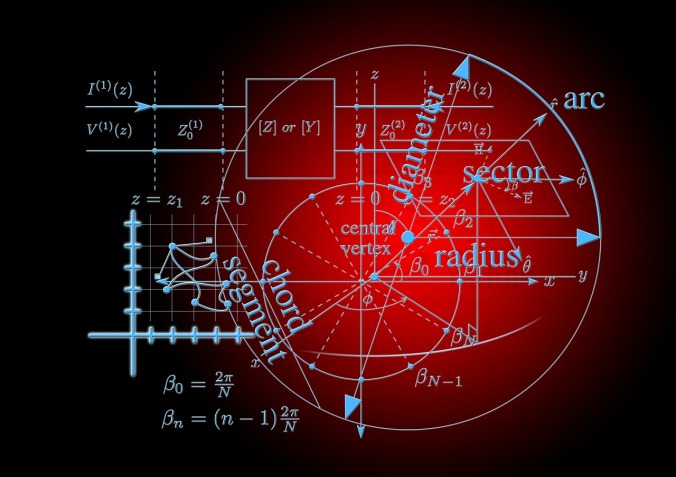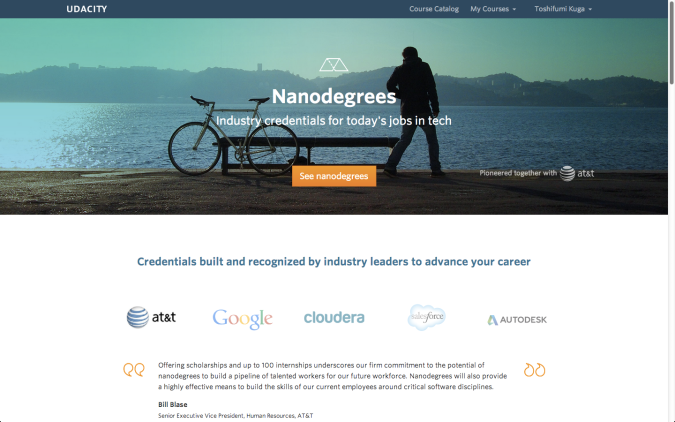When I used to be a risk manager in financial industry, I would like to use logistic regression model. This model is widely used to measure probability of defaults of counter parties. So this model is very famous in the financial industry. In the field of machine learing, this models is regarded as one of classifiers as it enable us to classify data based on the results of calculations. Both numerical data and categorical data can be used in this model. It is simple and flexible so I want to use this model as our recommender engine.
In addition to that, I found that matrix factorization model is widely used in the industries currently. It has been popular since this models had a good performance in the Netflix Prize competition in 2009. Once we obtain the matrix which provides ratings according to users and items, matrix factorization is applied to this matrix and divides it into two matrices, One is the matrix for users’ preferences and the other is items features. By using these two matrices, we can provide recommendations to users even though users do not provide any ratings to the specific items. It is simple but very powerful to solve problems. This performance was proved in the Netflix Prize competition in 2009.
When we have two models, there are two advantages as follows.
1 We can compare the results from each model each other.
By using same data, we can compare how each model provides recommendations effectively. I think it is good because it is very difficult to evaluate how the model works well without comparison to other models.
2 We can combine two models into one model.
In practice, several models are sometimes combined into one model so that the results are more accurate compared with the results by just one model. For example, matrix factorization provides us features automatically, These features may be used as inputs in logistic regression models. Liner product of each model is one of the methods of combining models as well.
Yes, we have two major models as our recommendation engines. So let us make them more accurate and effective going forward. The more we have experiences of developing models, the more recommendations by our models are accurate and effective. These models are expected to be implemented with R language, our primary tool for data analysis. It must be exciting! Why don’t you join us? you will be going to be an expert of recommender systems with this blog!






